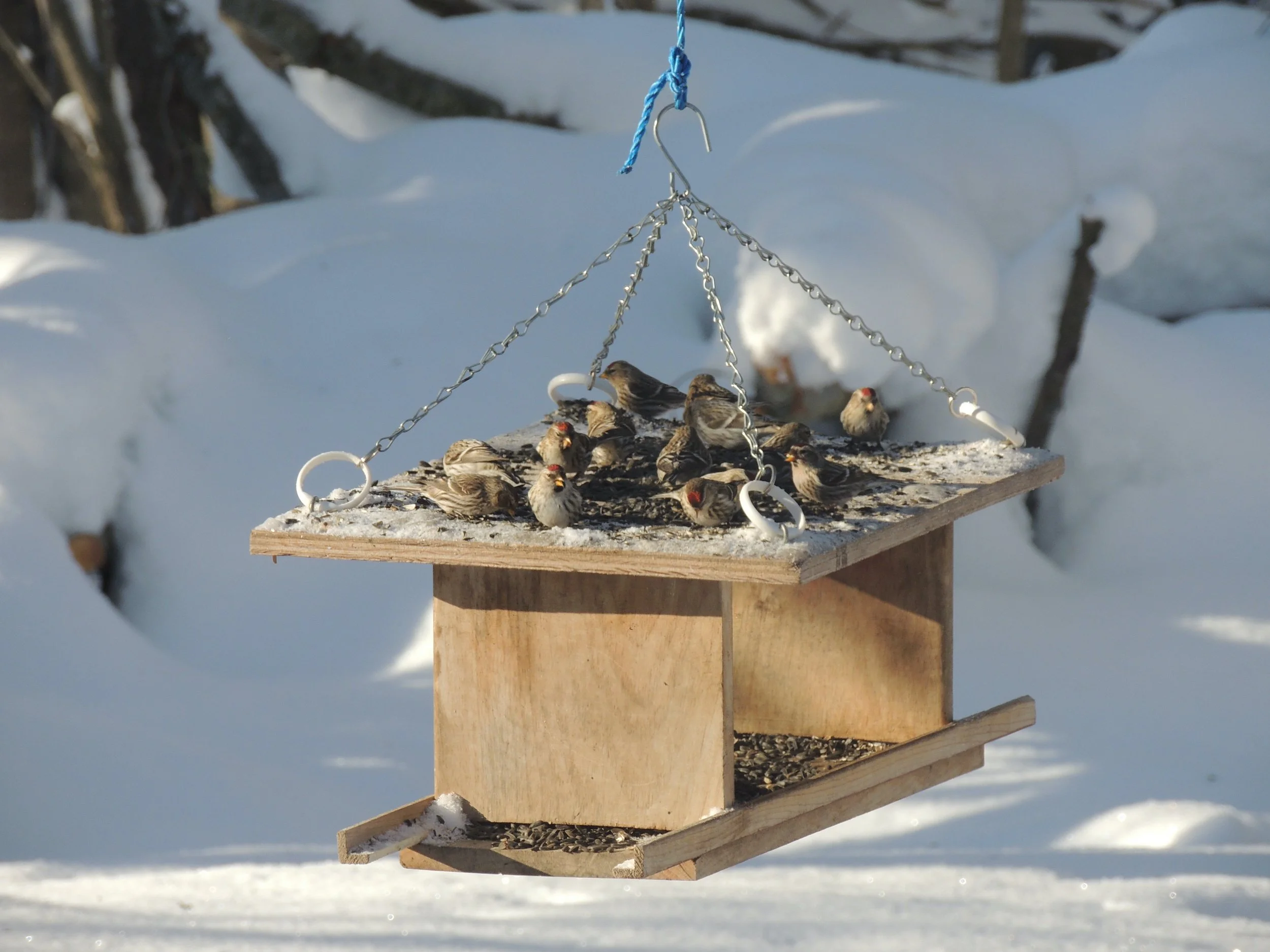Into the Woods with Curio: Nature by the numbers
Doug Smith
"This is the day the Lord has made; let’s rejoice and be glad in it." Ps. 118:24
Late winter and into the spring and early summer are the times for wildlife surveys. The types of surveys range from the Great Backyard Bird Count this upcoming weekend, (Feb 16th to 18th) to nocturnal owl surveys, frog surveys and marsh bird surveys in early spring. May is the time for ‘Big Day’ bird counts, and the start of a variety of breeding bird surveys, which go through to the end of June. July sees a butterfly and the dragonfly counts. Different associations organize these surveys and recruit citizen scientists to gather the valuable data they need for their many research projects.
Beacon has been part of an annual turtle survey for several years now, conducted by a local conservation organization each spring. Every July there is a butterfly count done near Torrance by members of the Muskoka Field Naturalists. This dedicated group often finds upwards of 50 species and many hundreds of individual butterflies.
Silvia and I used to participate in a few wildlife surveys on a regular basis. In mid-June, we’d be out on a breeding bird survey that took us down the Southwood road, past camp. Starting a 5 am at the first stop near the 169 and the Southwood Road intersection, we’d listen to the bird calls for 3 minutes, and record the different species, all the while battling the bugs. Then we’d jump back into the car and drive 0.8 km to the next stop, and repeat. There were 50 stops in total, taking us through the Torrance Barrens and down to the Trent-Severn. By the time we finished, we had usually tallied approximately 60 species of birds and several hundred individual birds.
We also did an owl survey each spring, picking a clear night in early April to drive our 20 km route in south-eastern Muskoka. Stopping every 2 kilometres, we’d play owl calls through the car’s radio and listen for a response, while standing outside for 15 or 20 minutes at each stop in the bone-chilling cold. The results varied, but we never failed to hear at least 1 or 2 barred owls reply to the recorded calls.
These surveys not only provide data for the various conservation organizations, such as Birds Canada but are also an opportunity to see and learn more about which animals live around the local area. Despite minor hardships from weather and bugs, it’s always a rewarding time for the participants. You’ll often encounter wildlife other than what is being surveyed for. At night you might catch the eyeshine of a deer or fox in the car headlights. You’ll hear other night noises – the sleigh bell-like notes of spring peepers, wood frogs quacking, a dog barking in the distance, the plaintive ‘peents’ of woodcock, or the weird, winnowing reverberations made by a snipe.
You never know what to expect when you go out looking for owls, other birds, butterflies, or just going out. God's Creation is always delightfully surprising.
